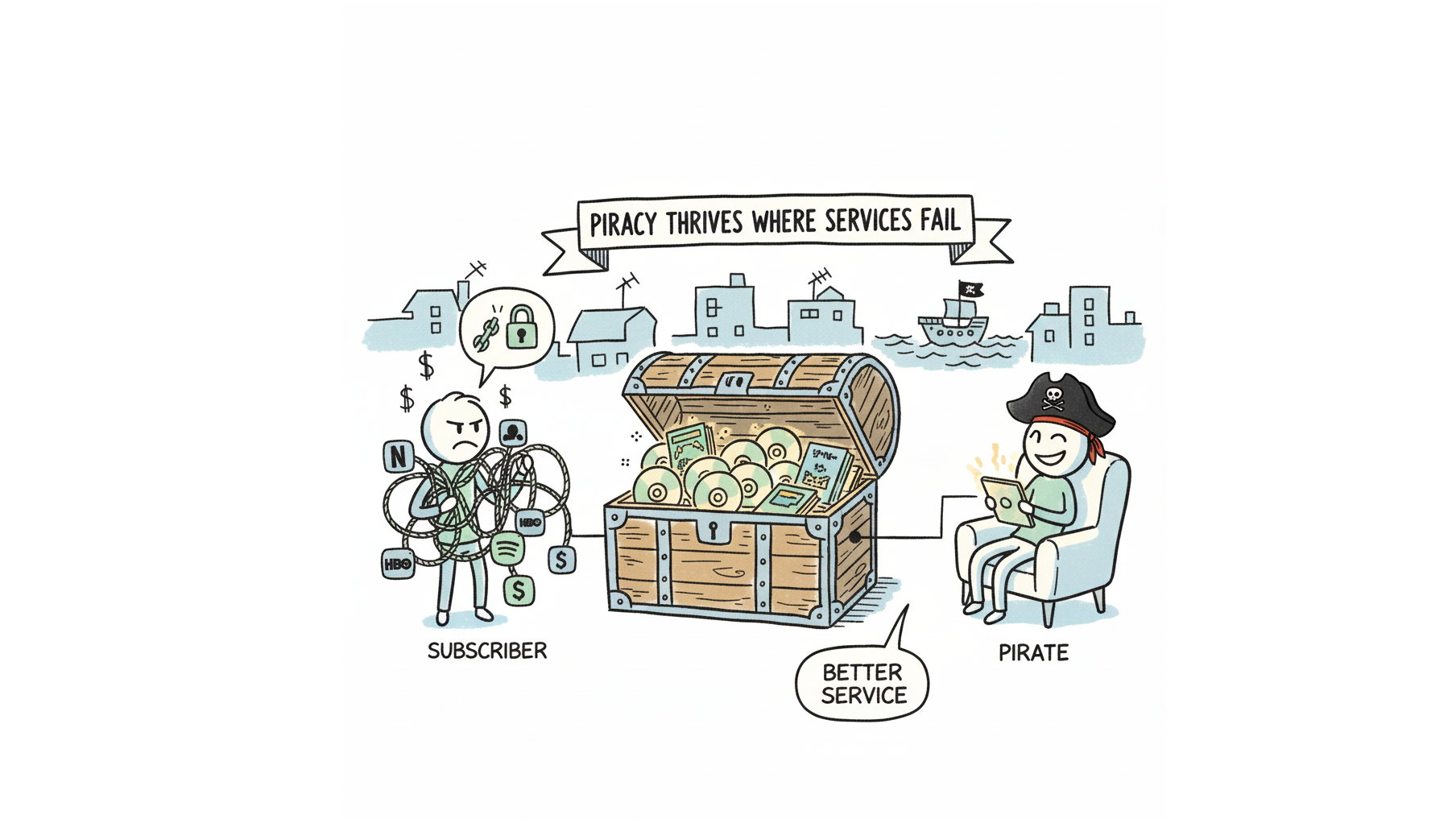-
Unveiling my gaming blog: Unmapped Worlds
For the past eight months, I’ve been running two parallel writing projects. You know about this one: my weekly posts in this blog (this is post 42, by the way). But there has been a shadow project running in the background.
I love video games, and I’ve collected too many opinions on them to keep them to myself.
Meet Rooslawn’s Unmapped Worlds, a blog where I write essays about games. I decided to go for a phonetic spelling of Ruslan in the title, in the hopes I’ll get misnamed less.

I don’t review games. Instead, I write about game mechanics and tropes, and I love breaking down how digital worlds are constructed. It’s a place where I can complain about my dislike for map markers and quest GPS, or explore the reality that I rarely actually finish the games I play. It is a home for deep dives into immersion, design philosophy, and the specific friction that makes a game memorable. A few of the pieces I’m most proud of include when I didn’t speak the language of games and difficulty sliders are dumb.
Running the project anonymously was a great idea - I was able to be more vulnerable, it allowed me to experiment more with different topics and formats, and find my voice. The voice of Unmapped Worlds can be described as rambly. I’ve been thinking of it as written gumbo. It isn’t clean and corporate, there’s texture, love and care put into it, and you know it’s authentic.
Gumbo is something spicy, authentic, textured, visceral, and willing to take risks that alienate some of the audience. This is unlike slop, which usually comes from the desire for inoffensive predictability and consensus, even if we have to falsify our preferences to achieve it. - The FLUX Review, episode 211
Ultimately I felt like attaching my name to Unmapped Worlds does it justice - who I am is highly relevant to the writing. Gumbo’s flavor is unique to the chef.
If you like video games, see if any of the 42 (so far) essays connect with you, and consider subscribing to my newsletter.
-
Piracy thrives where services fail
There are three editions of my book in circulation: two English editions of Mastering Vim (the second being a complete rewrite), and a Japanese translation by the amazing Masafumi Okura. And I don’t really mind if my book gets pirated.

Yeah, piracy isn’t legal, yada-yada. But if $30 is too much right now and your library doesn’t have a copy to spare - I won’t blame you for torrenting it. Here’s my full permission, I hope you enjoy the result of my sweat, tears, and deadline anxiety.
Amazon is convenient, but you don’t own your Kindle books. They can be deleted or changed at any moment. Amazon has literally changes book covers after purchase, especially when books get a movie release. Ugh. Meet DRM (Digital Rights Management) - the technology that ensures you’re renting, not buying.
Packt, publisher of Mastering Vim, does offer DRM-free PDFs. But there’s no good PDF syndication ecosystem. No convenient library management. No sync across devices. You’re not really missing out.
Growing up in Russia, I pirated video games. Not out of principle, but pragmatism. Fan translations arrived six months before official ones. They were better too - localizers who actually played the games versus outsourced rush jobs. This was different kind of piracy, too - a guy on a corner selling pirated CDs at a market-appropriate rate.
I stopped in 2011 - already after I moved to the United States. Not because of some moral awakening, but because I learned about Steam. Cloud saves, achievements, automatic updates. The service became worth paying for. Music followed the same path - Spotify and YouTube Music (which I like because our family pays for YouTube Premium) made piracy pointless.
Video streaming went backwards. Netflix was the Steam moment for TV - everything in one place, reasonably priced. I loved our Netflix subscription, it felt oh-so-magical. Now? Eight subscriptions to watch your shows, content vanishing mid-season, regional restrictions. I watch a handful of shows or movies each month, and I once calculated how much I would have to take in subscription costs if I didn’t strategically sign up and cancel for periods when I want to watch my favorite shows. Over a $1,000 a year. Screw that.
I, of course, don’t pirate, not do I condone piracy. But I do use Jellyfin to organize my legally owned media library. One interface, no disappearing content, works offline. It’s simply a better experience than juggling Disney+, Netflix, HBO Max, Paramount+, Apple TV+, and whatever new service launched this week.
Piracy isn’t about price - it’s about service. Steam proved gamers will pay. Spotify proved music fans will pay. But fragment the market, add restrictions, remove content randomly, make legal options worse than illegal ones?
Don’t be surprised when people choose the better experience.
-
Turns out Windows has a package manager
I have a Windows 11 PC, and something that really annoyed me about Windows for decades is the inability to update all installed programs at once. It’s just oh-so-annoying to have to update a program manually, which is worse for things I don’t use often - meaning every time I open a program, I have to deal with update pop-ups.
I was clearly living under a rock, because all the way in 2020 Microsoft introduced
wingetpackage manager which lets you install, and more importantly update packages.It’s as simple as opening a command line (ideally as administrator, so you don’t have to keep hitting yes on the permission prompt for every program), and runinng
winget upgrade --all. Yup, that’s it. You’ll update the vast majority of software you have installed. Some software isn’t compatible, but when I ran the command for the first time, Windows updated a little over 20 packages, which included the apps I find myself having to update manually the most often.To avoid having to do this manually, I’ve used windows Task Scheduler to create a new weekly task which runs a
winget-upgrade-all.ps1file, which consists of a single line:winget upgrade --all --silent --accept-package-agreements --accept-source-agreementsI just had to make sure Run with the highest privileges is enabled in task settings. So long, pesky update reminders. My Windows apps will finally stay up-to-date, hopefully.
-
Modality, tactility, and car interfaces
Modal interfaces are genuinely cool. For the uninitiated, a “modal” interface is one where the same input does different things depending on the state (or mode) the system is in. Think of your smartphone keyboard popping up only when you need to type, or a gas pedal driving the car forward or backward depending on the gear. I love the concept enough to dedicate a whole chapter of Mastering Vim to it.
But there’s a time and a place for everything, and a car’s center console is neither the time nor the place for a flat sheet of glass.
I was traveling this week and rented a Kia EV6 - a perfectly serviceable electric car. I was greeted by a sleek touch panel that toggles control between the air conditioning and the audio system.

Dear car manufacturers: please, I am begging you, stop.
When I’m driving down the highway at 75 miles per hour, the absolute last thing I should be doing is taking my eyes off the road to visually verify which mode my AC knobs are in so I can turn down the volume. I can’t feel my way around the controls because gently grazing the surface of the screen registers as a button press. It’s not just annoying - it’s unsafe.
Modality works fine when you have physical feedback. My old Pebble Time Round (may it rest in peace) had a tactile modal interface. It had four buttons that did different things depending on the context. But because they were physical, clicky buttons, I could operate the watch without ever looking at it. I could skip a track or dismiss a notification while riding my bike, purely by feel.
Compare that to modern smart watches, or, worse, earbuds. Don’t even get me started on touch controls on earbuds. I’m out here riding my bike through rough terrain - I do not have the fine motor control required to perform a delicate gesture on a wet piece of plastic lodged in my ear.
I miss the click. I miss the resistance. I miss knowing I’ve pressed a button without needing confirmation from the software. We’ve optimized for screens that can be anything in so many areas of our lives, but these screens aren’t particularly good at controlling stuff when we’re living said lives.
Yeah, I miss analog buttons.
-
PC Gamer physical edition is good, actually
I spend a lot of time in front of a computer or a phone, even now that I have a kid. Hey - she needs to sleep, and I have some time to kill. Many of my hobbies revolve around a screen too - like playing video games, tinkering with stuff, or writing.
It’s unsurprising that I’ve been wanting to take a step away from the screen and find a way to engage with physical media more. I used to read a lot of books - I don’t anymore. I listen to audiobooks sometimes, but it’s been a good year or two since I last sat down and read a book cover to cover. That’s fine - life ebbs and flows, and even though sitting down and reading books used to be a huge part of my life - they aren’t today, and that’s okay.
But it’s nice to put down devices and just hold something in your hand.

I worked around this limitation though and decided to get more into magazines. Yeah, print media is still alive and kicking. We have two physical publication in our household this year - The New Yorker, and PC Gamer. Two very different magazines, and you can probably tell which subscription appealed to my wife - and which one to me.
I’ve been reading both, although I’ll admit that PC Gamer has received more of my attention. Hey - unlike The New Yorker, which oppressively sends you a new issue each week, PC Gamer has been sending me issues monthly. And I don’t need to tell you that The New Yorker is a great publication - it’s got hell of a reputation, and for a good reason. It’s quality journalism, and peak writing, or so I’m told, but it certainly reads that way despite my limited knowledge on the subject.
But I do know a thing or two about video games, and one thing I know is that gaming journalism from major publications - PC Gamer included has been steadily declining in quality over the past decade. Between corporate relationships, out of touch and burnt out reviewers, and sanitized, often generic pieces - I have been avoiding mainstream gaming media. There are lots of small independent reviewers who do a wonderful job covering the titles I care about, and I trust those a lot more.
I’ve read somewhere that the print edition of PC Gamer is somewhat different. You still have the same people working on the issue, but the time pressure’s different, articles can’t be updated once they go live, and there’s much more fun and creative writing. I’m sure all of that’s available offline too, but I don’t think I would’ve read any of that if the magazine wasn’t already in my hands.
Reading editions of PC Gamer feels like stepping a time capsule, in big part due to fairly substantial retro game coverage - you can’t exactly publish breaking news in a monthly print, so the focus is much more on having interesting things to say. Chronicles of Oblivion in-character playthroughs, developer interviews, quirky reviews - there’s lots to love.
I’ve heard Edge Magazine is well known for high quality writing and timeless game critique. I think I’ll check that out too - here, I just subscribed.